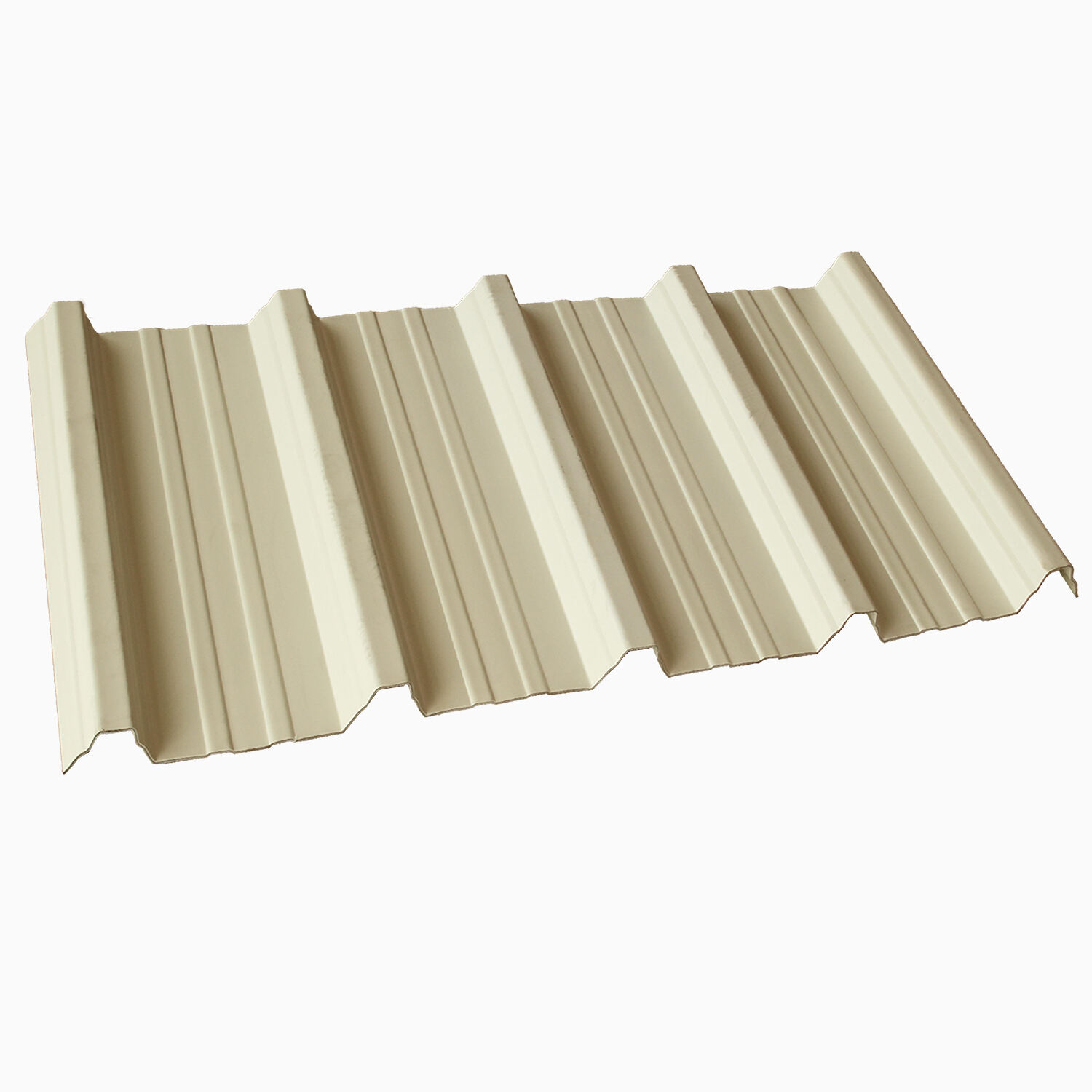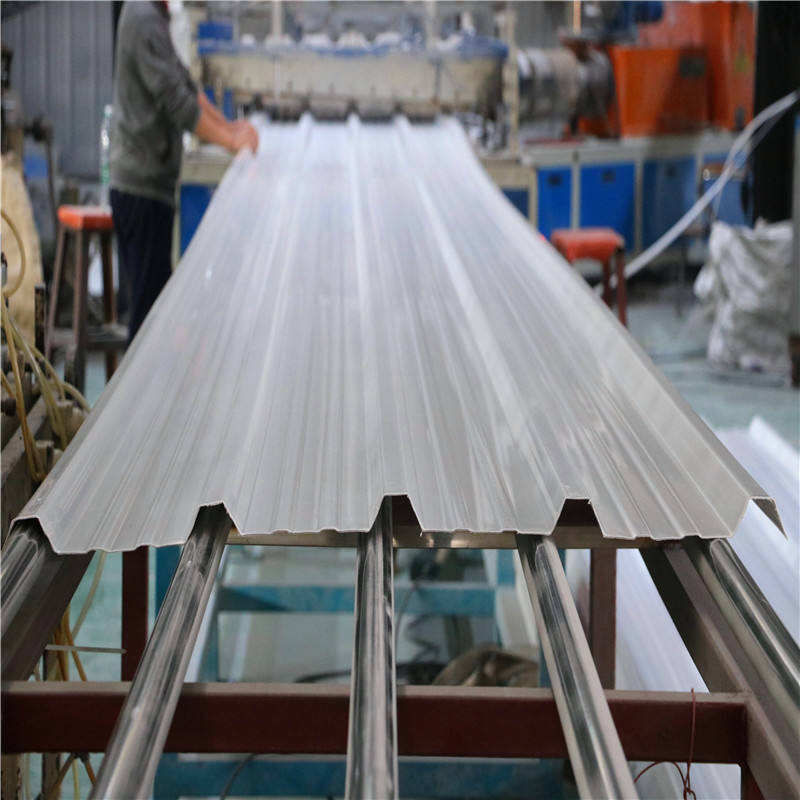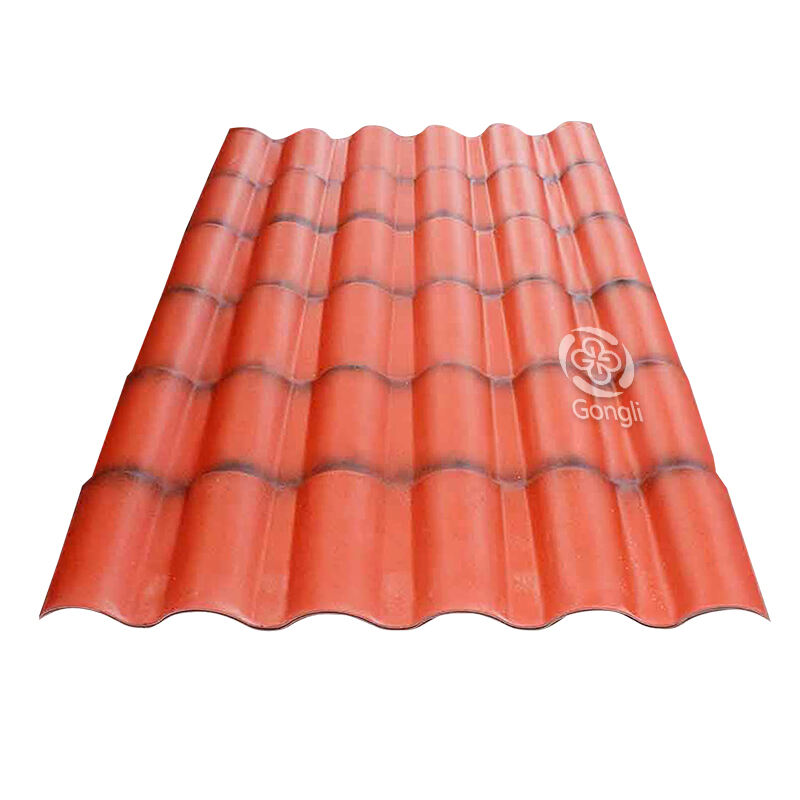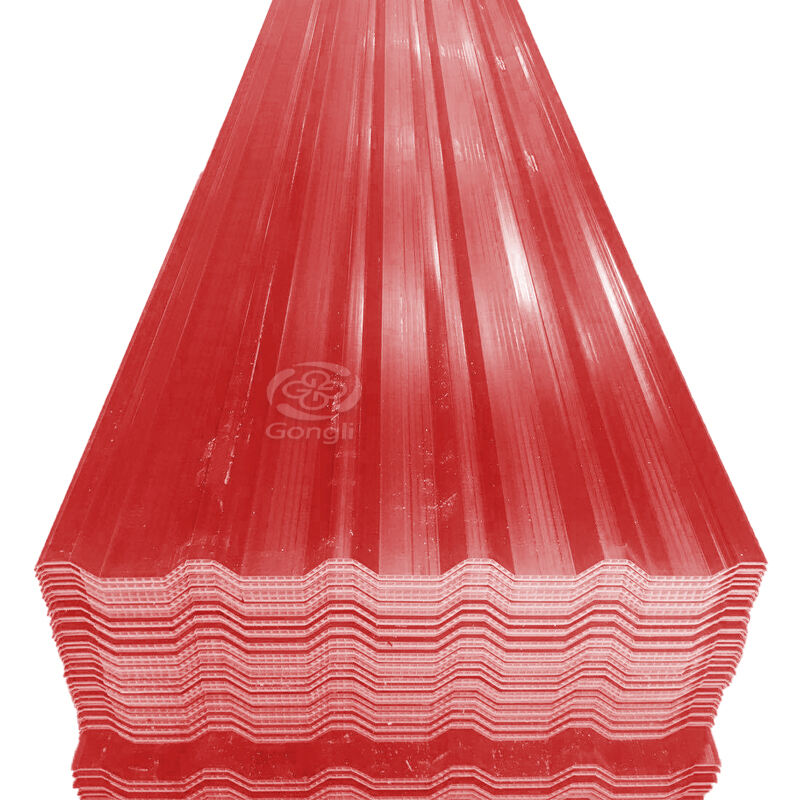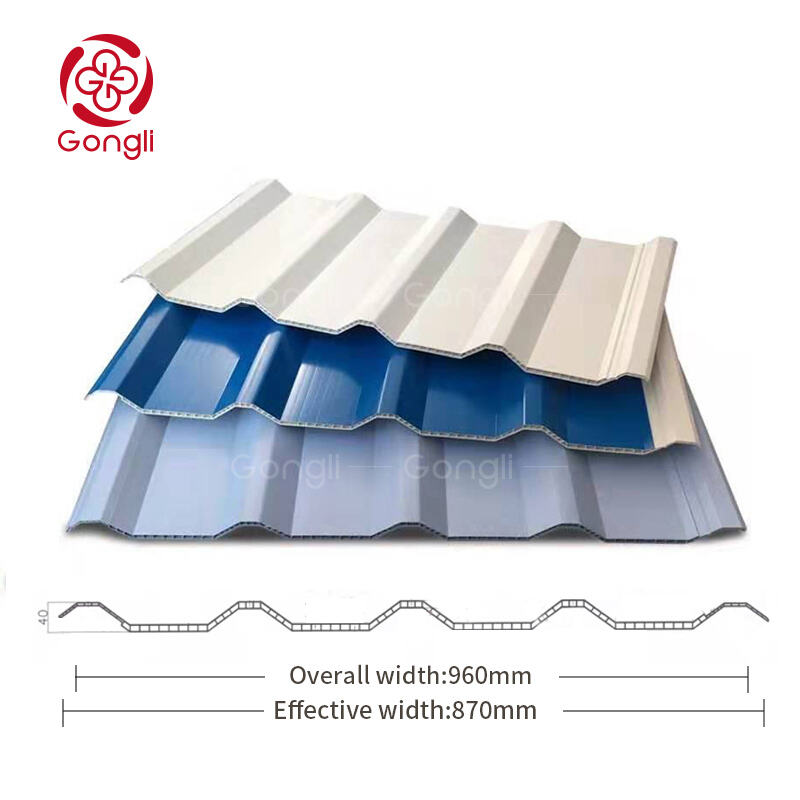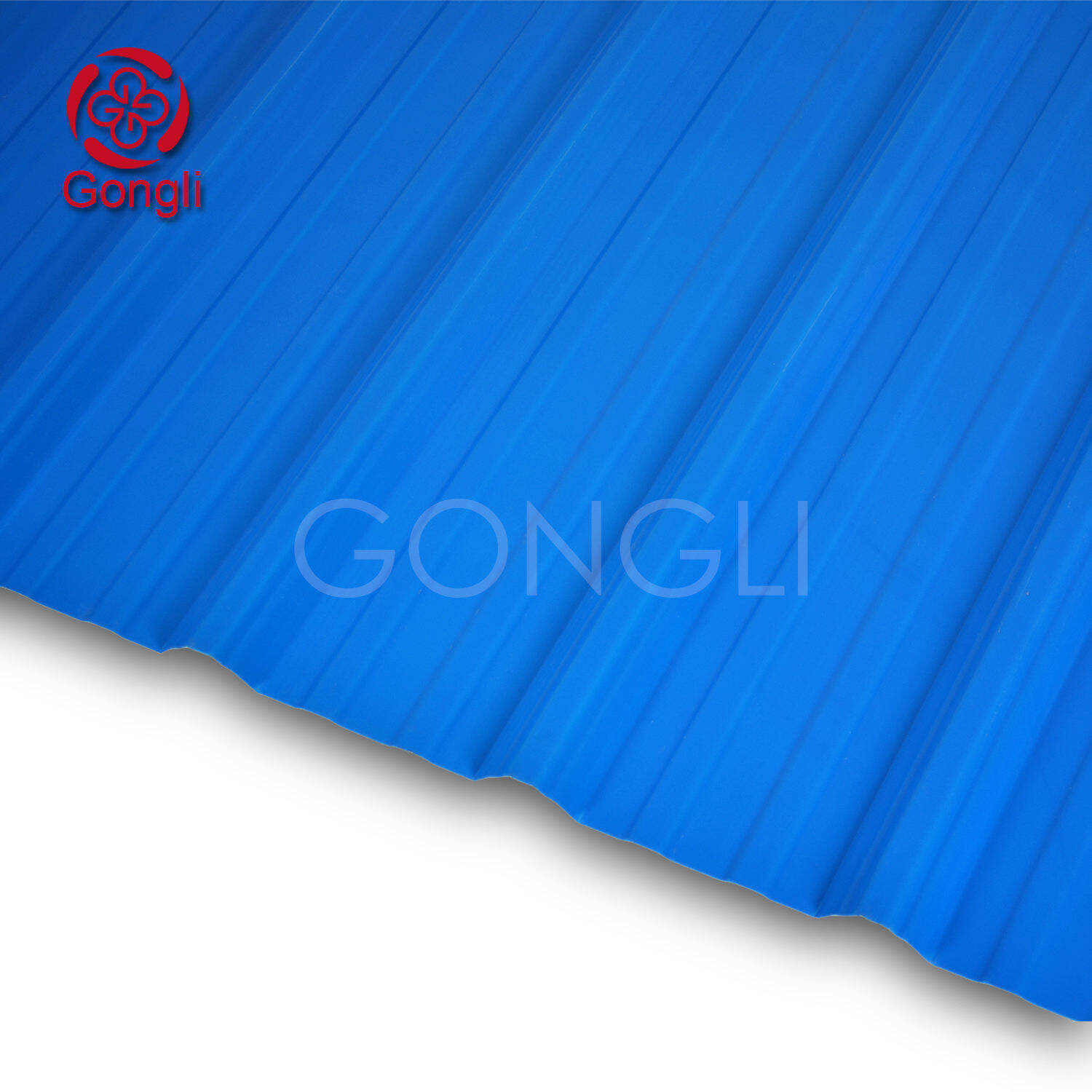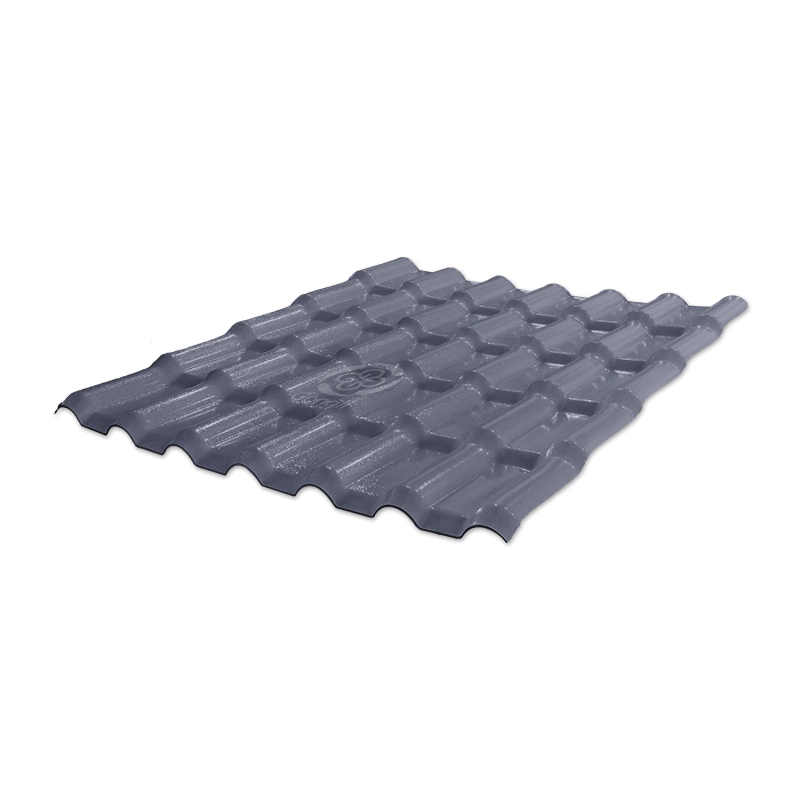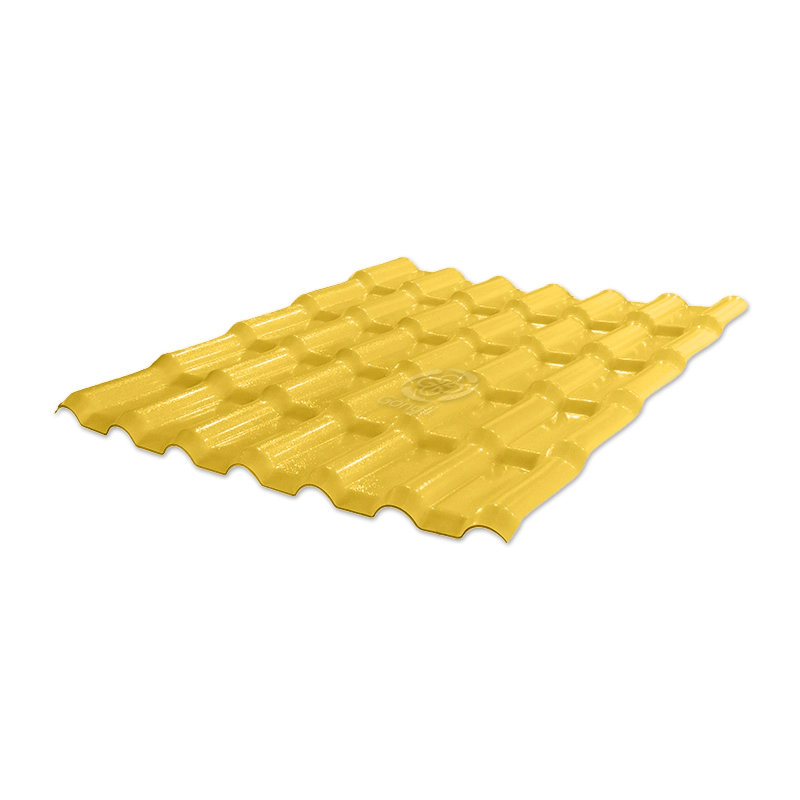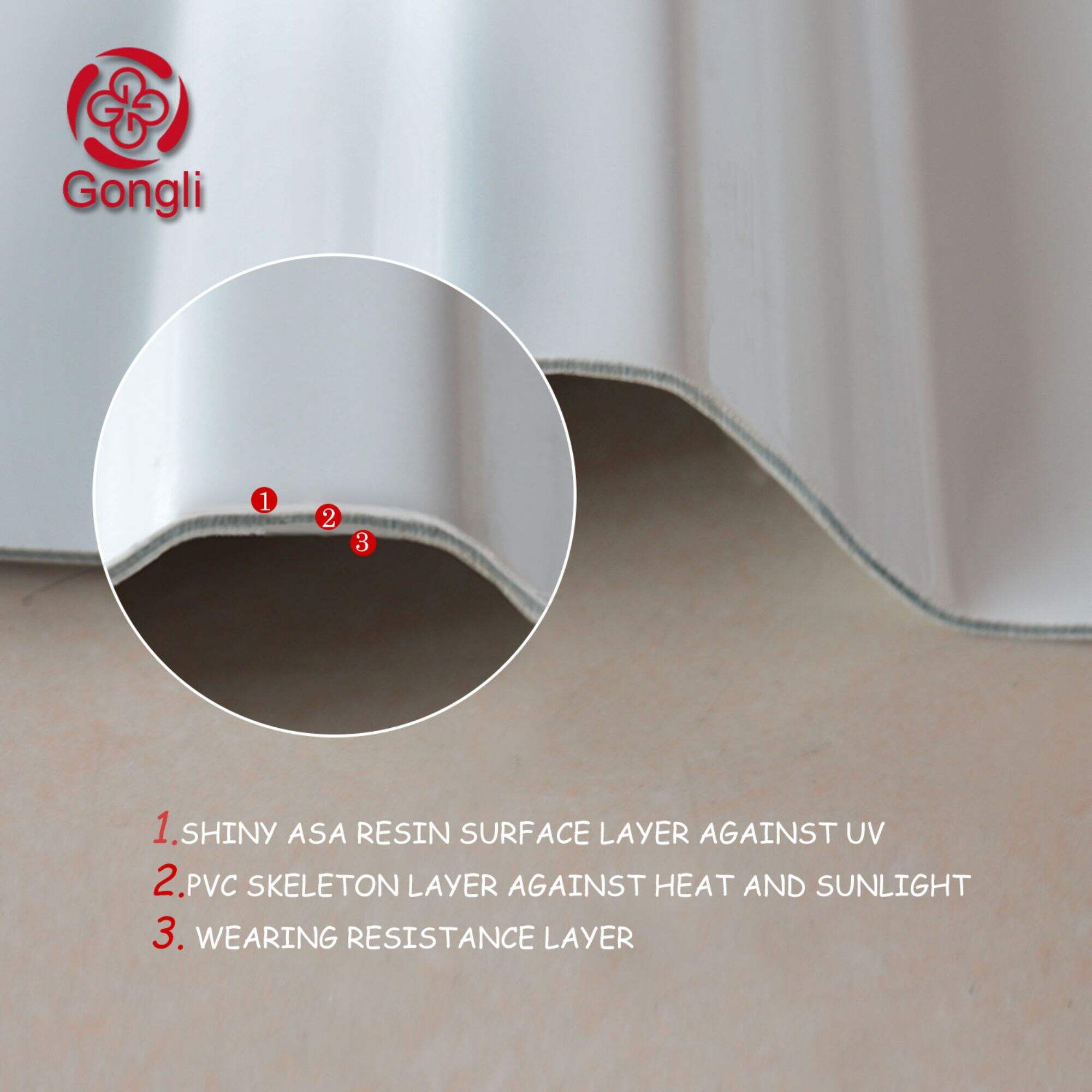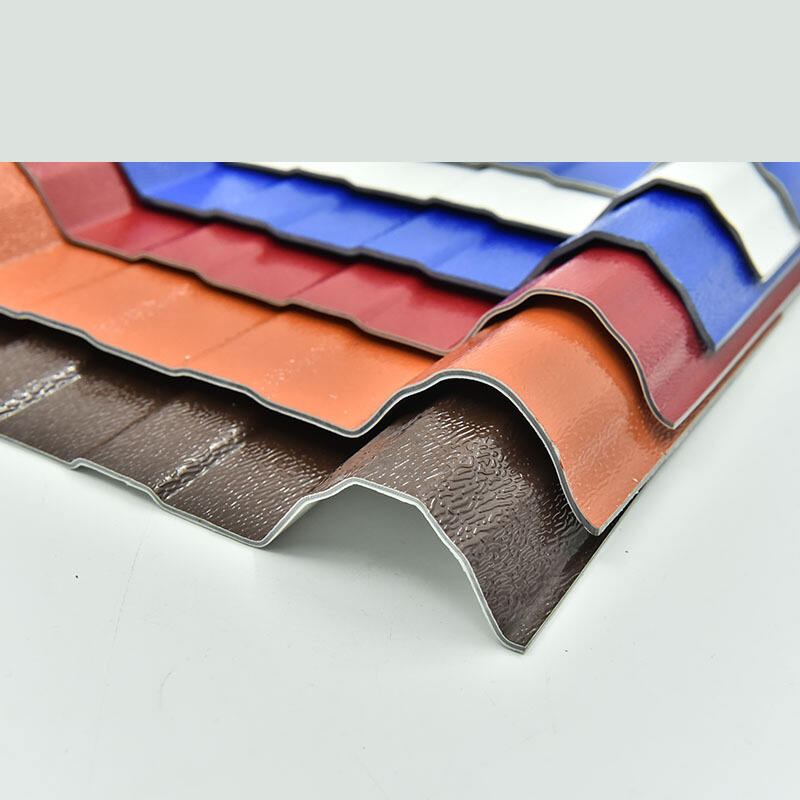How to Choose the Right Roofing Material for Your Next Project
Key Factors in Selecting Roofing Material
Climate Compatibility and Weather Resistance
When selecting roofing materials, it's critical to analyze the local climate and weather patterns for optimal compatibility. For instance, areas prone to storms necessitate materials capable of withstanding high winds and heavy rainfall, ensuring robust weather resistance. Cold regions require consideration of snow load and may need stronger support systems, such as reinforced underlayment. By researching meteorological studies and industry reports, we can identify materials best suited for these environmental challenges, thereby preventing potential damage and enhancing roof longevity.
Budget Considerations and Long-Term Value
In assessing roofing options, evaluating the overall budget is indispensable, factoring in installation, maintenance, and repair costs throughout the roof’s lifespan. It’s crucial not only to consider the upfront costs but also the long-term value, especially the energy savings achievable with materials like metal roofs or reflective panels. Reports from industry experts, including financial studies on roofing investments, often highlight cost-benefit analyses that advocate for high-quality materials. These insights can guide us in making informed decisions that align with our budgetary constraints while enhancing property value.
Durability and Expected Lifespan
Durability is a cornerstone in roofing material selection, as different materials offer varied lifespans. Metal roofs, for instance, can endure up to 50 years, significantly longer than asphalt shingles, which typically last around 20 years. Manufacturer warranties serve as indicators of durability, offering assurance on expected lifespans. Incorporating statistical data, like studies on roofing material resilience, can provide a clearer understanding of longevity, helping us choose materials that align with both aesthetic and practical requirements over time.
Aesthetic Alignment with Architecture
The aesthetic compatibility of roofing materials with architectural styles is key to maintaining a property’s visual appeal. It's important to assess how materials complement or clash with existing designs, whether the home features historic elements or modern aesthetics. We must consider colors and textures that either match or contrast stylishly with the exterior, ensuring the home retains its aesthetic value. Insights from architectural journals can offer guidance on contemporary roofing trends, supporting us in making choices that enhance our property's appearance while respecting its original design.
Energy Efficiency and Thermal Performance
Roofing materials play a pivotal role in determining a property's energy efficiency. For instance, reflective roofing materials can substantially reduce cooling costs in warmer climates, while effective insulation enhances thermal performance, minimizing energy bills. Studies often document the synergy between insulation and roofing materials, highlighting projections on energy savings from adopting energy-efficient options. By embracing these innovative materials, we can achieve significant reductions in energy consumption, benefitting both the environment and our finances.
Comparing Modern Roofing Solutions
Asphalt Shingles: Affordable Versatility
Asphalt shingles are a popular choice due to their affordability and ease of installation. This makes them a go-to option for many homeowners seeking a practical and budget-friendly solution. Their wide variety in colors and styles supports customization to suit different architectural styles and preferences, making them highly versatile. In terms of market share, asphalt shingles dominate the roofing industry, highlighting their widespread acceptance and reliability among various building types.
Metal Roofing: Longevity Meets Efficiency
Metal roofing is renowned for its impressive durability, offering exceptional resistance to severe weather conditions and fire. Its energy efficiency is another substantial benefit, as metal roofs can reflect solar heat, helping to reduce cooling costs. Over their long lifespan of 50+ years, metal roofs provide a significant return on investment, especially when compared to shorter-lived materials. The potential savings make metal roofs a smart choice, particularly in regions prone to extreme weather.
Tile Systems: Premium Weather Protection
Tile roofing systems stand out as premium choices, primarily due to their exceptional resistance to both fire and harsh weather. They are especially popular in Mediterranean or Spanish-style homes, where their aesthetic appeal perfectly complements the architecture. Industry statistics consistently underline the longevity of tile roofs, which can surpass 50 years. This durability, combined with their distinct visual appeal, makes them a valued option for those willing to invest in long-lasting protection and beauty.
Wood vs. Synthetic Alternatives
The classic charm of wood roofing is undeniable, yet synthetic alternatives are gaining traction for their enhanced durability and weather resistance. While traditional wood can offer a picturesque aesthetic, synthetic options are designed to mimic this appeal with added benefits. From an environmental perspective, synthetic materials often have a lower impact, as they frequently consist of recycled components. Additionally, in terms of maintenance and lifespan, synthetic alternatives generally require less upkeep, making them a practical and sustainable choice for modern homeowners. Reports consistently highlight synthetic roofing’s superior performance and extended lifespan, serving as a compelling reason for contemporary adoption.
PVC Twin Wall Panels: Advanced Roofing Technology
885mm Green PVC Sandwich Twin Wall Paneling
Green PVC sandwich twin wall panels offer a combination of thermal insulation and lightweight design that aids in efficient installation. These panels are particularly innovative due to their ability to reduce internal temperatures by 28% while maintaining a durable structure, making them highly sought after in both commercial and residential projects. Their versatility is enhanced by a variety of color options, such as green, which easily complement different architectural styles.
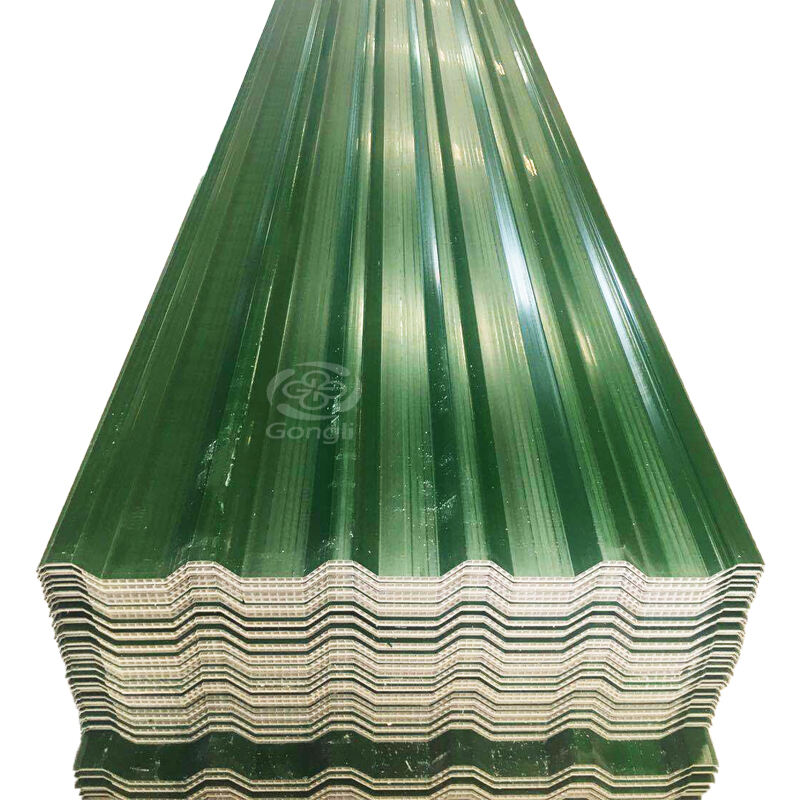
Technically, the panels boast an impressive impact resistance and a tensile strength of 26 MPa, adhering to ASTM standards. These specifications underline the reliability and versatility expected from advanced PVC twin wall panels in modern construction.
885mm Black UPVC Twin Wall Hollow Sheet
Black UPVC twin wall sheets are not only aesthetically appealing but also highly resistant to UV damage, ensuring longevity without fading. Their structural properties, characterized by a tensile strength of 26 MPa and a flexural strength of 52 MPa, contribute to a robust roofing solution capable of enduring various environmental stressors.
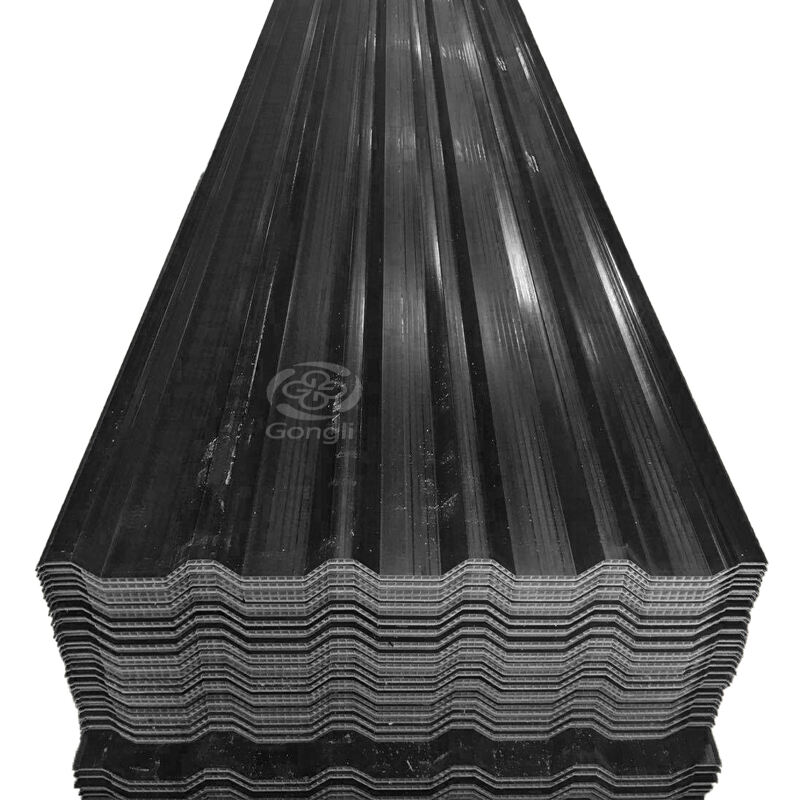
Industry-standard metrics further affirm the UPVC sheet's effectiveness, with high performance in chemical resistance tests, ensuring its suitability for diverse and demanding roofing applications.
885mm Transparent Translucent UPVC Panel
The 885mm Transparent Translucent UPVC Panel stands out by allowing natural light transmission, offering an eco-friendly solution by potentially reducing lighting energy costs in buildings. This unique feature is particularly beneficial for commercial spaces aiming to optimize energy efficiency and enhance indoor illumination naturally.
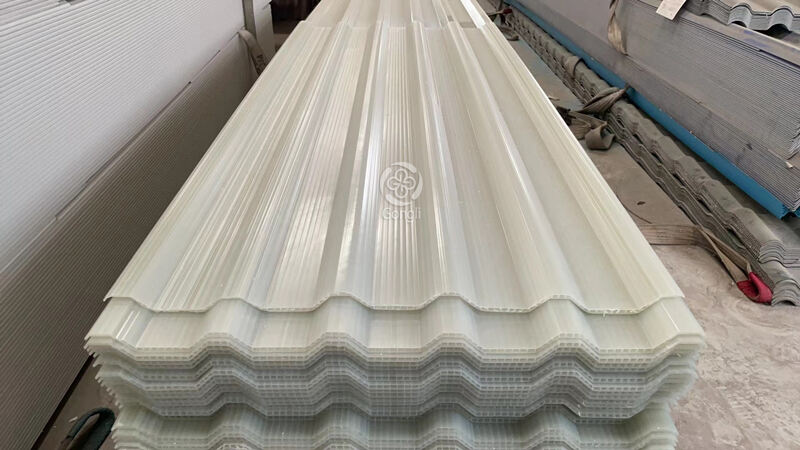
Testimonials and case studies further highlight the panel's innovative use in creating bright, open spaces with reduced artificial lighting. This makes it a favorable choice for enhancing commercial building designs where energy efficiency is a priority.
Essential Tools for Roof Installation
Measuring and Cutting Equipment
Accurate measurements and precise cuts are essential in ensuring a successful roofing installation. Basic measuring tools like tape measures and squares provide foundational accuracy, necessary for fitting roof materials correctly. Cutting devices, including saws and tin snips, are pivotal in shaping materials such as shingles and metal panels to exact specifications. For enhanced efficiency, advanced tools like laser levels and automatic cutting tools come into play. These tools can significantly speed up the process while maintaining high precision, crucial in complex roof designs. Manufacturer guidelines are invaluable in optimizing the usage of these tools, ensuring that they are employed correctly to avoid costly mistakes. Furthermore, advanced measuring equipment aids in estimating roof materials accurately, critical to minimizing waste and ensuring cost-effective projects.
Fastening Systems for Different Materials
Selecting the appropriate fastening systems for roofing materials is crucial to prevent leaks and prolong the roof's longevity. With various roofing materials available, including shingles, metal panels, and square roofing materials, it's important to choose fasteners that match each material’s unique requirements. Common fasteners like nails, screws, and adhesives are designed to accommodate different environmental conditions, such as high winds or heavy rainfall. Studies have shown the importance of selecting the right fastening system; a mismatch can lead to significant structural failures. For instance, fastening efficacy in systems designed for roof types shingles differs from those used in regions with harsh weather. Proper selection and application not only enhance the durability of the roof but also contribute to its aesthetic appeal, ensuring the roofing materials in Kenya or anywhere else maintain their integrity over time.
Safety Gear for Elevated Work
Safety is paramount when working on roof installations, given the high risk of accidents in elevated workspaces. Using essential safety gear, such as harnesses, helmets, and safety goggles, protects workers from potential injuries like falls or falling objects. Occupational safety organizations mandate these practices, providing guidelines to ensure safe roofing operations. Statistics reveal that roofing jobs have a high incidence of accidents, emphasizing the need for comprehensive safety protocols. Wearing the correct gear significantly reduces these risks, fostering a safer working environment. The integration of safety gear with best construction safety practices is not just about compliance; it's about ensuring the well-being and security of the workforce involved in roofing activities.
Calculating Material Requirements
Understanding Square Roofing Measurements
Accurate calculation of roofing square footage is essential for efficient material procurement. To start, one must grasp basic industry concepts such as "squares" and "linear feet." A roofing square is equivalent to 100 square feet, so determining the total square footage allows for precise estimation of needed materials like shingles or tiles. Tools like the square roofing material aid in these calculations. For those new to the industry, there are comprehensive guides from authoritative construction organizations that outline these measurement techniques. By ensuring precise calculations, one can optimize costs and reduce waste, aligning with best industry practices.
Waste Factor Estimation Techniques
Estimating waste factors is crucial to ensure an adequate material supply during roofing projects. Typically, a waste factor between 5% and 15% is added to account for material cutting, errors, and unique roof features like valleys. For example, steeper roofs or complex designs may require higher waste percentages. According to industry experts, adjusting waste calculations based on roof types and shingles can lead to more efficient material utilization. Adopting effective waste management strategies is key to reducing oversight and ensuring project sustainability.
Ordering Considerations for Bulk Purchases
Ordering roofing materials in bulk requires careful planning to maximize cost efficiency. Understanding pricing structures, such as bulk discounts, is essential alongside considering delivery logistics to sync with project timelines. Establishing robust relationships with suppliers can significantly reduce lead times and costs, providing a competitive edge. For instance, testimonials from industry veterans highlight successful strategies, such as securing favorable terms with trusted suppliers. Embracing these ordering practices not only optimizes resources but also enhances project performance, ensuring a seamless supply chain.
Recommended Products
Hot News
-
How to choose the right roof tile
2024-01-24
-
PVC Plastic Tiles: The Ideal Roofing Material
2024-01-24
-
The Essentials of Synthetic Resin Tile Manufacturing
2024-01-24

 EN
EN
 AR
AR
 BG
BG
 HR
HR
 CS
CS
 DA
DA
 NL
NL
 FI
FI
 FR
FR
 DE
DE
 EL
EL
 HI
HI
 IT
IT
 JA
JA
 KO
KO
 NO
NO
 PL
PL
 PT
PT
 RO
RO
 RU
RU
 ES
ES
 TL
TL
 IW
IW
 ID
ID
 LT
LT
 VI
VI
 TH
TH
 TR
TR
 AF
AF
 MS
MS
 KM
KM
 LO
LO
 MY
MY

